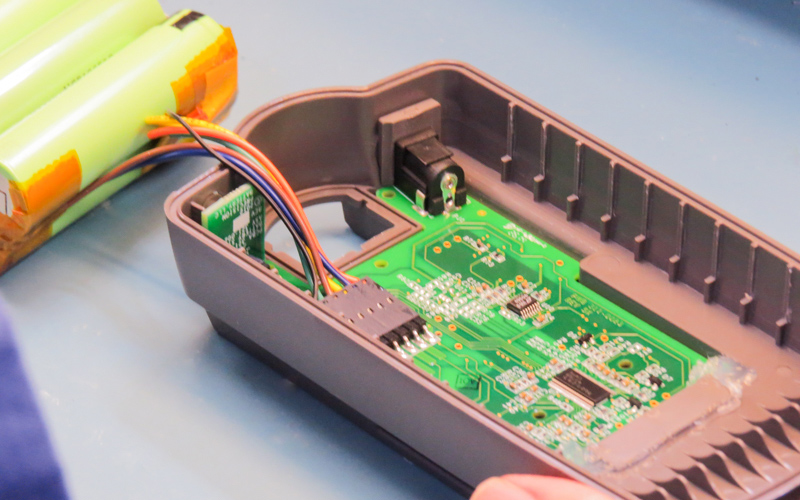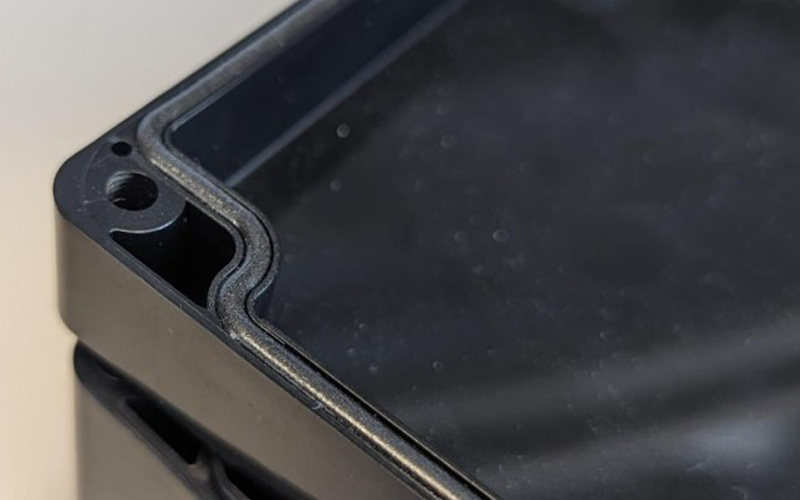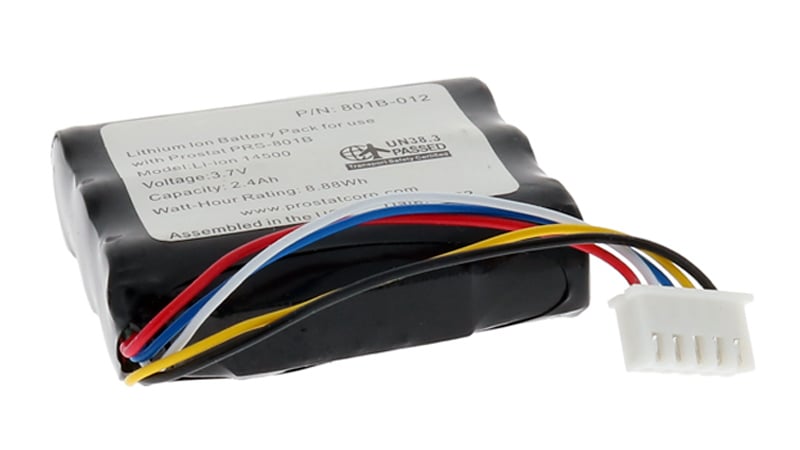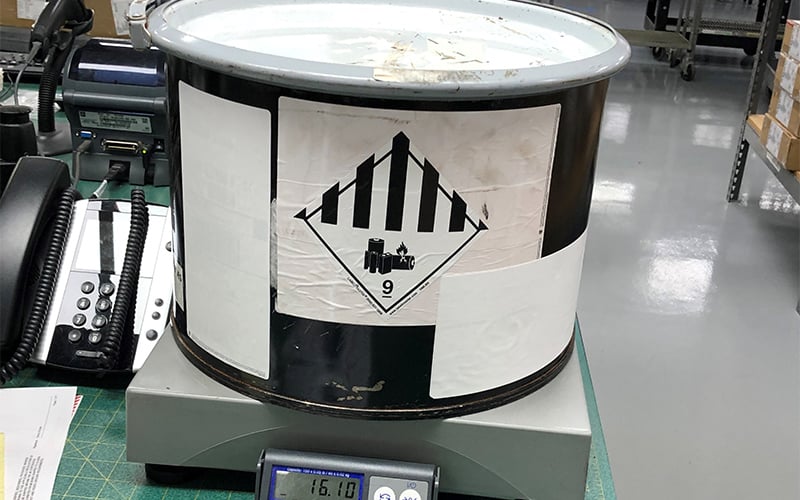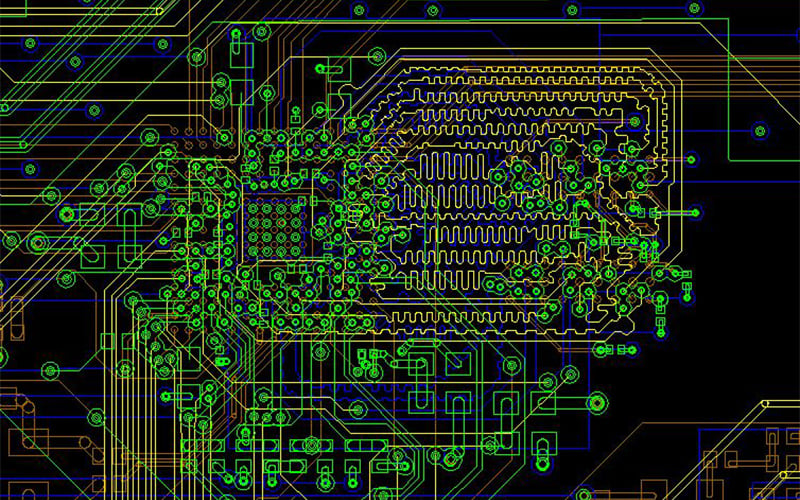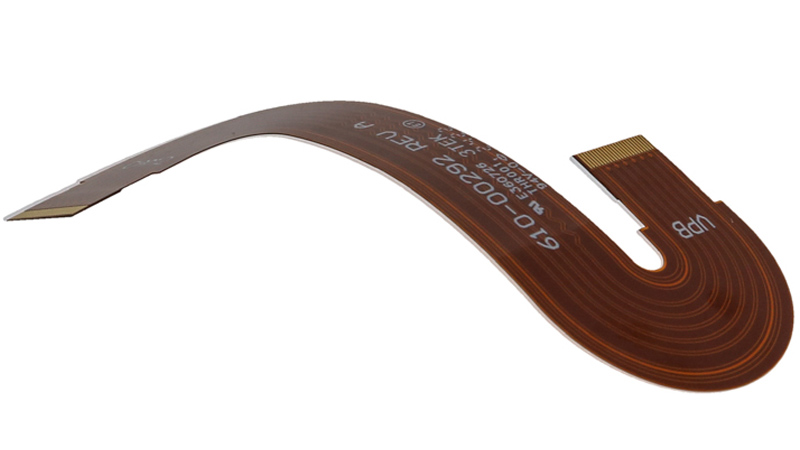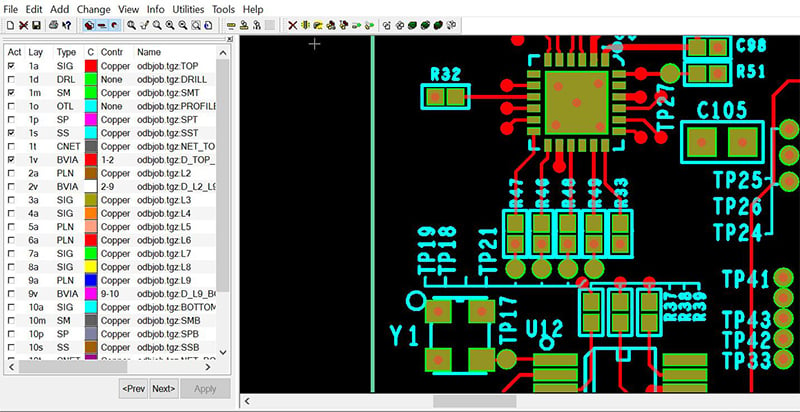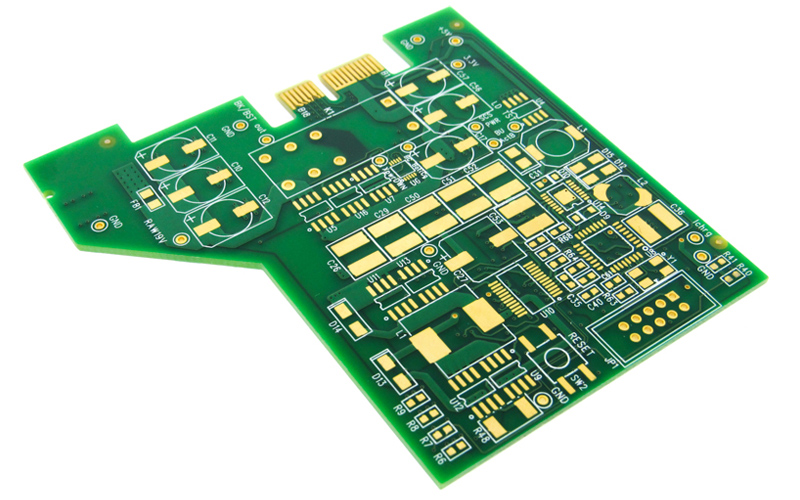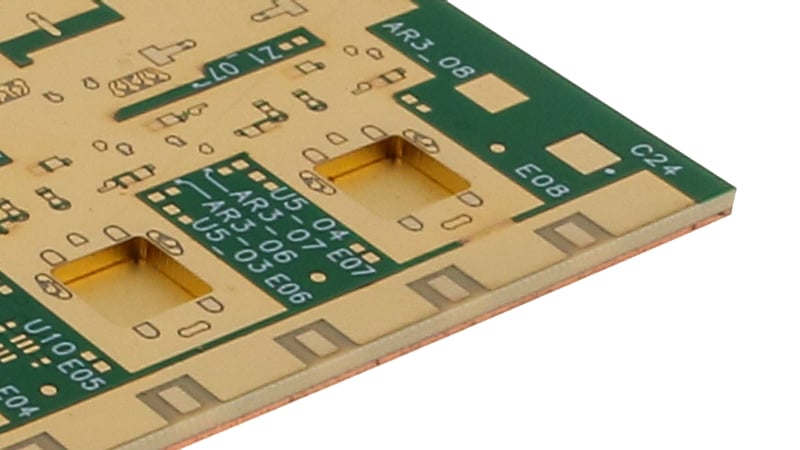Applications may require custom battery packs when off-the-shelf packs cannot meet their requirements. The battery packs may need to use specific materials or have certain power, charge, or safety feature requirements.
Whether using lithium-ion, nickel-based, or lead acid rechargeable batteries, you want them to last for as long as possible with your devices. Constantly buying new rechargeable batteries is not cost-effective to your budget and may lead to using your devices less.
Ever wondered what magic formula keeps your phone safe from a poolside splash or your smartwatch ticking during a sweaty workout? The answer lies within the unassuming yet powerful IP rating. Don't let its technical-sounding name intimidate you – understanding IP ratings is like learning the language of your gadgets, empowering you to make informed choices and unleash their full potential.
When powering electronics, toys, and other devices, they may rely on rechargeable batteries to operate. Rechargeable batteries can be used repeatedly to power devices due to their ability to connect to a portable charger or be charged within the connected device. Depending on the battery chemistry, a rechargeable battery may be recharged for 500 cycles to 1,000 cycles before reaching its end of life.
Lithium batteries are used in the majority of the high-powered devices used today. From vehicles to cell phones, these batteries come in a range of sizes, watt-hours, chemistry, and volume.
Printed Circuit Boards (PCBs) are ubiquitous in today's technology-driven world, serving as the backbone for everything from smartphones to space shuttles. While they may seem straightforward, the truth is, no two PCBs are the same. With the advent of increasingly complex electronics, manufacturing PCBs has become an intricate task that involves a lot of specialized engineering.
Flex circuits, integral to modern electronics, present unique challenges in their design and application. This blog post delves into the complexities of integrating electrical requirements with mechanical constraints in flex circuit designs. We'll explore various applications, their design considerations, and industry standards, providing a comprehensive view for engineers and designers.
At the base of all printed circuit boards is the material. We have to start somewhere, so, let’s talk about the material. PCBs are built-to-print products, and although they are very similar, no matter the shape, size, or layer count, they are unique and have their attributes.
Navigating the world of printed circuit boards (PCBs) can be complex, especially when it comes to pricing. Unlike off-the-shelf products, PCBs are custom-engineered, each having unique specifications and functionalities. Understanding how these specifications contribute to the overall cost is crucial for effective planning and decision-making.
Developing a successful RF printed circuit board (PCB) design requires careful consideration of various factors to ensure optimal performance and reliability. RF PCBs are essential components in wireless communication systems, radar systems, and other applications that rely on radio frequency signals.


